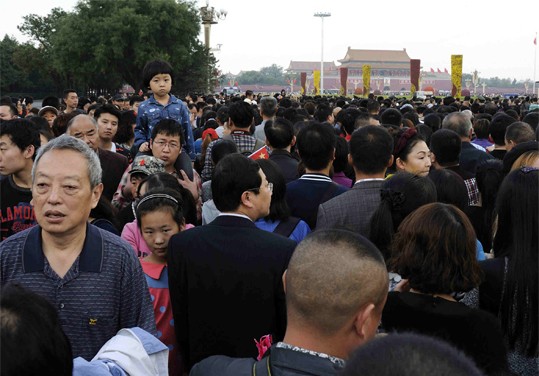The Chinese government, in collaboration with Asian giants, is doing everything it could to reverse the declining number of inbound tourists. To counter the fall in inbound tourism, the government plans to improve several local spots and infrastructures.
The Chinese government plans to build around 33,500 modern public restrooms around the country, targeting scenic spots, transportation hubs as well as entertainment facilities.
Aside from these restrooms, a high-speed rail system across Central China and the western areas would also be developed. This system would probably be operational this year. With this in place, citizens and international tourists can travel easily around the country.
Officials also claim that more should be done to beef up online content regarding China's tourism, as most tourists these days use websites and their smartphone apps to seek information about China and plan their itineraries.
"We should pay attention to social networking software, use languages that suit international tourists and upgrade China's tourism image in a systematic and long-term manner," Zhu Hua, director general of the Fujian tourism bureau, asserted.
The director general also recommended the country to build stronger travel cooperation, exchange, as well information and financing platforms to support the tourism industry.
Aside from these improvements, the Chinese government would also probe at the main reasons why inbound tourism declined in the first place. A think tank was launched for the purpose, comprised of the National Public Opinion Poll Lab of the Chinese Academy of Social Sciences and the Beijing-based paper China Travel News.
Once the core problems have been determined, solutions could then be crafted to stop the decline of China's inbound tourism.




























